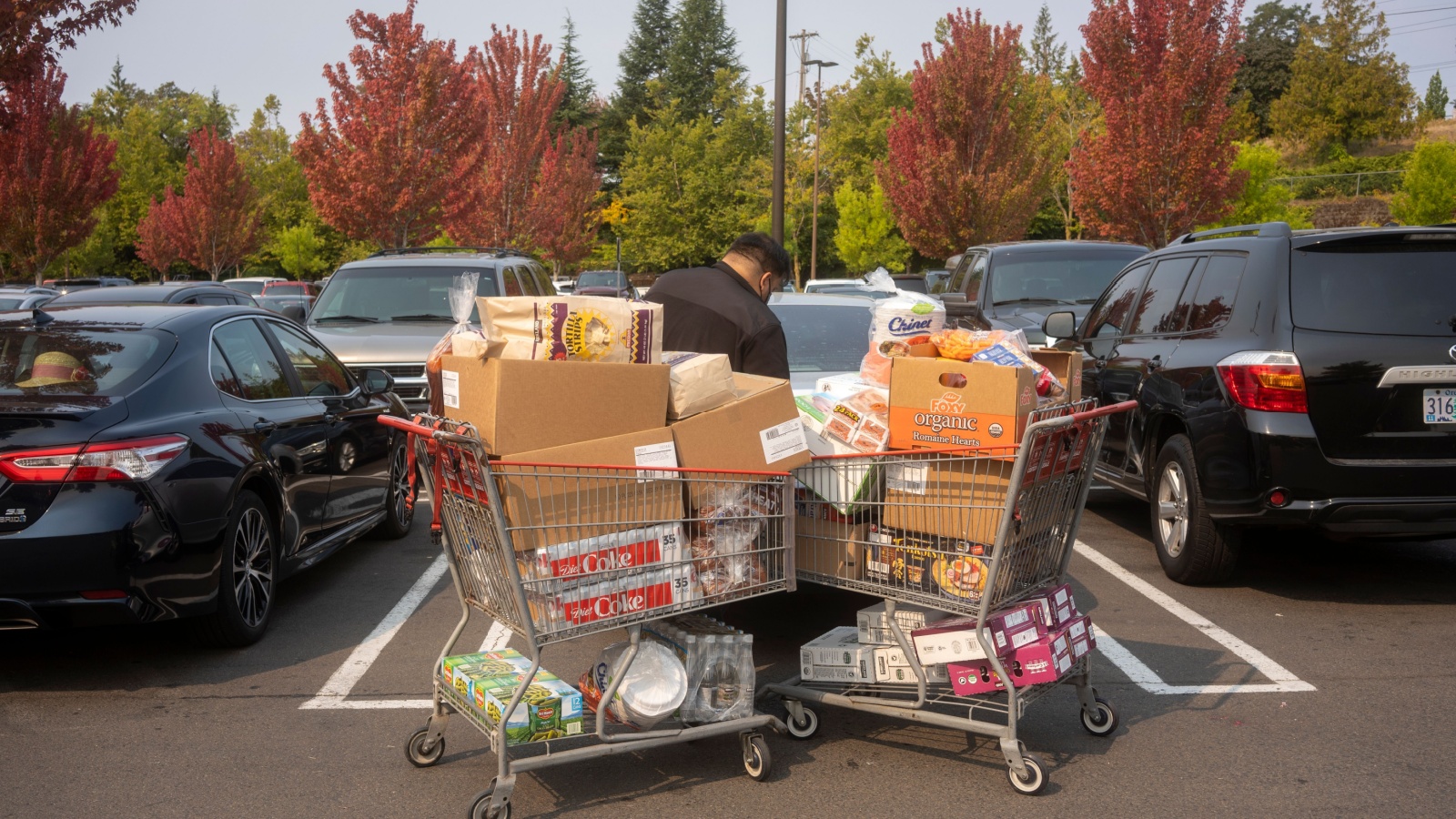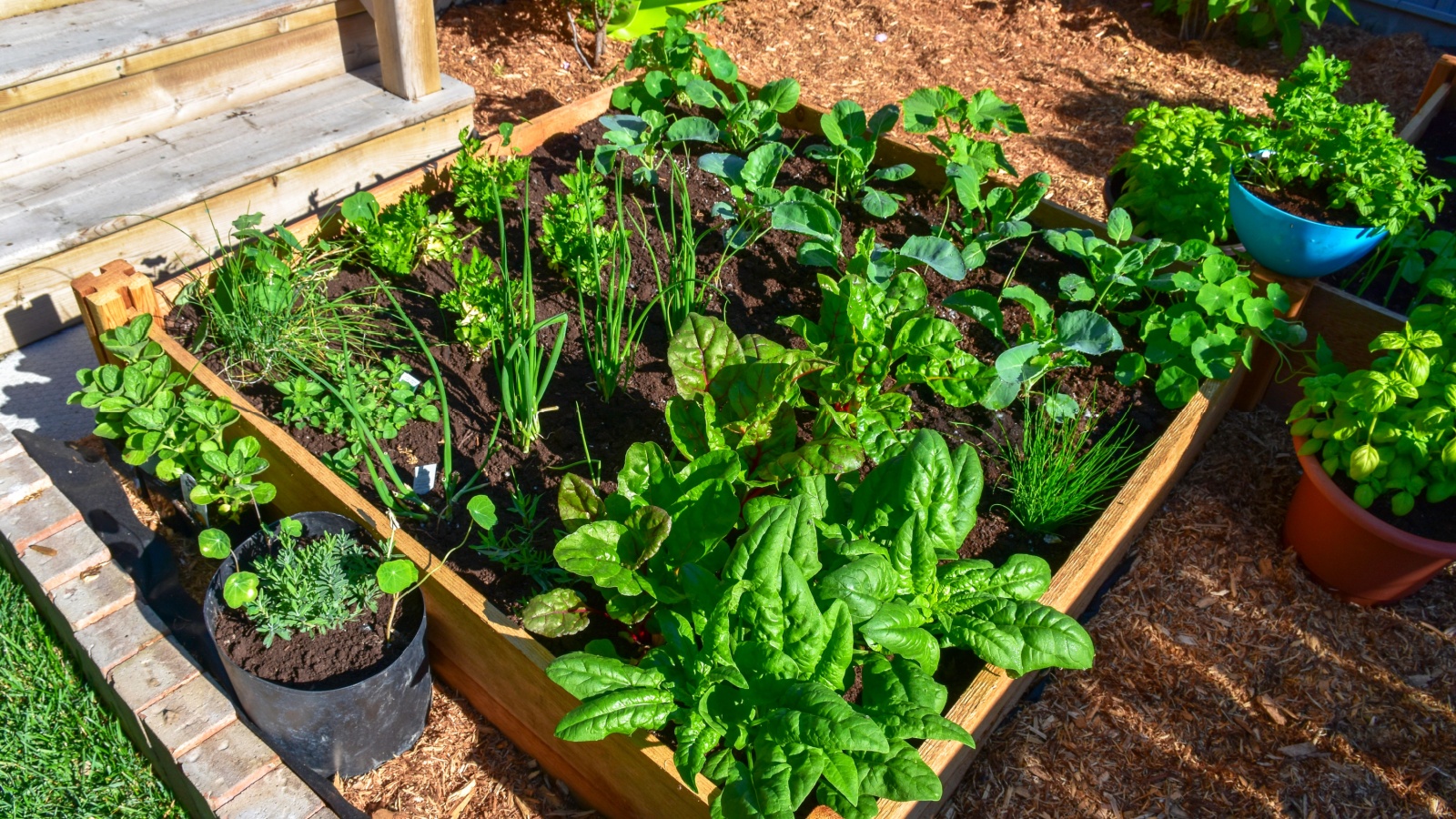Across the country, Canadians are finding inventive and pragmatic ways to make their earnings go further. From rethinking shopping habits to reworking household expenses, the emphasis is on strategies that actually work in day-to-day life. With inflation pushing up prices and wages often lagging behind, financial creativity has become a necessity rather than a hobby. Here are 21 ways the average Canadian is stretching their paycheque.
Switching to No-Fee Banking

Monthly bank fees can quietly drain budgets over time. Many Canadians have moved to online-only banks or credit unions that waive those charges entirely. These institutions often offer the same core services, chequing accounts, e-transfers, and debit cards, without the $10-$20 monthly cost. While switching banks takes some initial effort, the annual savings can add up to a few hundred dollars, which is then redirected toward other expenses. Some digital banks even pay higher interest on savings, making it a double win.
Grocery Price Matching

Rather than sticking to one supermarket, many shoppers are using apps and flyers to take advantage of stores that match competitor prices. This practice allows them to get the best deals without running to multiple locations. A quick scan of weekly flyers helps identify which items are cheapest elsewhere, and showing that proof at checkout often results in instant savings. The strategy works best for staple items like bread, dairy, and fresh produce. Over a month, the discounts can be significant, particularly for families buying in bulk.
Buying Seasonal Produce

Fresh fruits and vegetables can become expensive when purchased out of season, as they often travel thousands of kilometers to reach shelves. By focusing on what’s locally abundant each month, berries in summer, root vegetables in winter, shoppers cut costs while enjoying fresher food. Seasonal produce is typically sold in larger quantities at lower prices, and farmers’ markets sometimes offer bulk deals near closing time. This approach not only saves money but also encourages more varied, nutritious meals. Plus, some Canadians preserve or freeze surplus seasonal produce for use during pricier months, extending those savings throughout the year.
Refinancing Mortgages

With interest rates fluctuating, many homeowners revisit their mortgage terms to secure a lower rate. Even a small percentage drop can save thousands over the life of a loan. The process involves comparing offers from different lenders and sometimes paying a penalty to break the current term, though the savings can outweigh this cost. Some borrowers also extend amortization periods to reduce monthly payments temporarily, freeing up cash for other expenses.
Sharing Streaming Subscriptions

Entertainment costs have quietly risen as more streaming platforms emerge. Canadians are offsetting this by sharing accounts with friends or family members, splitting monthly fees. While some platforms limit password sharing, many still allow multiple profiles on a single account. Coordinating who pays for which service and swapping access ensures everyone has a variety without paying for every platform individually. For example, one household might handle Netflix while another covers Disney+, reducing each bill by half or more. This approach keeps access to favourite shows while trimming recurring costs.
Embracing Second-Hand Shopping

Thrift stores, consignment shops, and online marketplaces have become go-to spots for clothing, furniture, and household goods. Quality items can often be found at a fraction of retail prices, and some shoppers even resell items later for the same or higher value. Beyond cost savings, buying used can mean accessing higher-quality brands that would otherwise be unaffordable. The habit also reduces waste, aligning with sustainability goals.
Group Bulk Buying

Buying in bulk often leads to savings, but large packages can be impractical for smaller households. To overcome this, friends or neighbors team up to split warehouse club purchases. This allows each person to pay less per unit without worrying about food spoiling or storage space running out. Popular bulk buys include pantry staples, cleaning products, and even meat that can be divided and frozen. Some groups plan monthly “bulk runs” to restock together, turning it into a social event that also saves money. This cooperative approach blends community connection with financial efficiency.
Meal Prepping for the Week

Cooking at home is already cheaper than eating out, but planning and preparing meals in advance amplifies those savings. By dedicating a few hours once a week to batch-cook staples like rice, pasta, and proteins, individuals can avoid last-minute takeout orders. Meal prepping also helps use ingredients more efficiently, reducing food waste. Having ready-to-eat meals in the fridge means busy schedules don’t derail budget goals. Many Canadians adopt this habit not just for lunches but also for dinners, especially during hectic workweeks, leading to healthier eating patterns and financial benefits.
Energy Efficiency Upgrades

Small home adjustments, such as installing LED bulbs, sealing window drafts, or adding smart thermostats, can help cut utility bills year-round. These upgrades often have an upfront cost but pay for themselves through lower monthly energy use. Some provinces offer rebates that further reduce initial expenses. Even renters can benefit by using energy-saving power strips or blackout curtains to maintain indoor temperatures. Over time, these changes can lower heating, cooling, and electricity bills noticeably.
Negotiating Service Bills

Internet, cell phone, and insurance companies often offer promotional rates to new customers, but existing customers can sometimes access similar deals by simply asking. Canadians are increasingly calling providers annually to request discounts, citing competitor pricing or inquiring about loyalty incentives. The process often takes less than an hour and can reduce monthly bills by $10-$50. Some even switch providers entirely to take advantage of sign-up bonuses. While it requires persistence, the cumulative annual savings make this a worthwhile practice for households looking to maximize their paycheques’ reach.
Leveraging Cash-Back and Rewards Cards

Rather than using basic debit transactions, some Canadians pay for regular purchases with cash-back credit cards, paying the balance in full each month to avoid interest. This turns everyday spending, on groceries, gas, or utilities, into small but steady returns. Points can be redeemed for statement credits, gift cards, or even travel expenses, effectively lowering the cost of future purchases. The key is discipline: ensuring rewards do not tempt overspending. For those who can manage it responsibly, this method creates an additional income stream without extra work.
Taking Advantage of Workplace Benefits

Employer-provided perks, such as health spending accounts, gym memberships, or professional development allowances, can offset personal costs. Many employees underutilize these benefits simply because they aren’t aware of them or forget to submit claims. Reviewing workplace benefit packages annually helps identify opportunities to reduce out-of-pocket spending. Even smaller perks, like free coffee or transportation subsidies, can add up over time. Also, by fully leveraging what’s available, workers stretch their income without making any lifestyle sacrifices.
DIY Home and Auto Maintenance

Labour costs can make home and vehicle repairs expensive. Many Canadians are tackling smaller tasks themselves, such as painting, replacing light fixtures, or changing car oil, after learning from online tutorials. Doing it yourself saves on service fees and sometimes speeds up repairs, as there’s no need to book professional appointments. Safety and complexity are key considerations; more advanced jobs should still be left to qualified professionals. However, for manageable fixes, this approach keeps more money in the bank while building useful skills.
Utilizing Public Libraries

Modern libraries offer far more than just books; they provide free access to e-books, audiobooks, streaming services, and educational workshops. This eliminates the need to purchase certain forms of entertainment or learning resources. Some libraries even loan out items like museum passes, musical instruments, and technology kits. By taking advantage of these resources, Canadians save on subscription fees and activity costs, all while accessing a wide variety of cultural and educational experiences. It’s a low-effort, high-value way to stretch a budget.
Reducing Food Waste Through Creative Cooking

Throwing away unused groceries is like tossing money in the trash. More households are adopting “use it up” cooking, where meals are planned around what’s already in the fridge or pantry. Leftover vegetables might become a stir-fry, while stale bread can be transformed into croutons or bread pudding. This reduces grocery bills and cuts down on unnecessary trips to the store. Pairing this habit with proper food storage techniques ensures ingredients last longer, increasing both savings and sustainability.
Choosing Off-Peak Travel Times

When booking vacations or even short getaways, traveling outside peak seasons can reduce transportation and accommodation costs by a large margin. This might mean visiting destinations in early spring or late fall, when demand is lower. Flexible scheduling also allows for snagging last-minute deals on flights or hotels. For those with fixed holiday schedules, mid-week travel can still be cheaper than weekends. Plus, by timing trips strategically, Canadians can enjoy travel without heavily impacting their budget.
Renting Out Unused Space

Extra bedrooms, parking spots, or storage areas can be turned into steady income streams. Platforms like Airbnb or local rental boards make it easy to find short-term tenants. Even occasional rentals, like leasing driveway space during major events, can add a surprising boost to monthly income. This approach is ideal for individuals comfortable with others using their property, but it does require some management effort. Still, the financial payoff can be significant, especially in urban areas where space is in high demand.
Participating in Loyalty Programs

From grocery stores to gas stations, loyalty programs reward repeat customers with discounts or points. While individual rewards might seem small, they accumulate quickly for those who consistently shop at the same places. Combining loyalty points with weekly sales or coupons multiplies the benefits. The most successful savers keep track of point expiry dates and promotional periods, ensuring no rewards go unused. It’s a habit that requires minimal effort but offers steady returns.
Downsizing Unused Subscriptions

Many households pay for digital subscriptions or memberships they rarely use—whether it’s a streaming service, app, or gym membership. Reviewing recurring charges every few months helps identify what can be canceled. Some Canadians switch to free alternatives or rotate subscriptions, keeping only one active at a time. This approach ensures money isn’t wasted on underused services and keeps monthly expenses lean without cutting out entertainment or convenience entirely.
Using Community Buy-Nothing Groups

Online community groups where members give away items they no longer need have grown in popularity. These platforms allow people to acquire household goods, clothing, and even appliances at no cost. It’s an easy way to find essentials without spending, and giving away unused items in return keeps the exchange balanced. Beyond savings, these groups foster a sense of community and reduce waste, making them a win for both budgets and the environment.
Growing a Small Garden

Even a modest balcony or backyard garden can yield herbs, vegetables, or fruit that reduce grocery costs. While the initial investment in seeds, soil, and containers is modest, the return over a growing season can be substantial. Gardening also provides access to fresher produce and can be scaled up or down depending on available space. Some Canadians start with simple crops like lettuce and tomatoes before expanding. Not to mention, this hands-on approach combines savings with a rewarding hobby.
